The amazing California wines of Santa Barbara County were showcased at the Peninsula Hotel's Verandah Room in Beverly Hills on January 26, 2012. What brought wine country to the hills of Beverlee was the STARS of Santa Barbara tasting event, from Los Angeles wine educator Ian Blackburn and his Learn About Wine outfit.
The yearly event always offers a great overview of the Santa Barbara wine scene, and attracts some of the best winemakers in California to pour for the eager masses.
As usual, the event had a great turnout. At the afternoon trade and media session, I had the opportunity to sample some great wines - some which were simply stunning - and get in a little conversation with the winemakers and other presenters.
Dan Fredman represents Los Alamos producer Martian Vineyard, and he poured their biodynamically-farmed wines while announcing that their Demeter certification will be official this year. He also sang the praises of new winemaker Mike Roth, a New Jersey native who has been making wine in the Santa Ynez Valley for close to a decade. Martian Vineyard's2009 Grenache is a standout, showing dusty berries and cherries on the nose and a very earthy minerality on the palate. At $24, it's well worth the price.
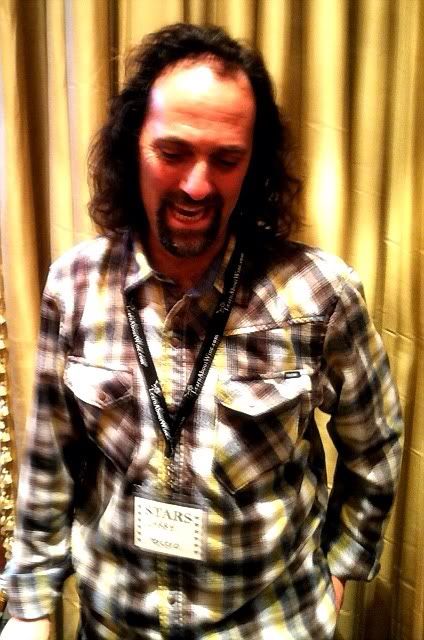 Larry Shaffer (right) said he made this year's Tercero Wines "atAndrew Murray's place," meaning Murray's winery in Los Olivos. "Next year? I have no clue. But I still have six months to figure it out." From one of his famous flasks, Shaffer poured his 2007 Grenache sourced from the Watch Hill Vineyard in Los Alamos. The wine was 25% whole cluster pressed, giving a great herbal edge to an already complex wine. I love the acidity in this one.
Larry Shaffer (right) said he made this year's Tercero Wines "atAndrew Murray's place," meaning Murray's winery in Los Olivos. "Next year? I have no clue. But I still have six months to figure it out." From one of his famous flasks, Shaffer poured his 2007 Grenache sourced from the Watch Hill Vineyard in Los Alamos. The wine was 25% whole cluster pressed, giving a great herbal edge to an already complex wine. I love the acidity in this one.
Toretti Family Vineyard is a five acre plot which sits on the bluff overlooking the Santa Maria Valley. Robert Torres talked about his operation dealing with seeing their grape production fall from 15 tons to 11 tons to 8 tons in three successive vintages. The bright side is the concentrated flavor in the smaller berries, although I couldn't help but get the feeling he'd have been satisfied with more wine to sell. Toretti's 2009 Inocencio Pinot Noir shows perfume and earth on the sniff, and tastes very dark for such a lightly tinted wine.
At the Westerly Wines table, I was enjoying a conversation with company president Vito Gambini. He was extolling the capabilities of his winemaker, Kirby Anderson when a gentleman walked up and said to Vito, "Hi! How's Kirby?" Vito replied, "He's great. He's my winemaker!" The gentleman then said, "I know. He's my winemaker too!" It goes to show the wine community is a very small town, even in a big county like Santa Barbara. Westerly's 2009 Chardonnay puts a fascinating smoky edge on the fruit. I couldn't believe it when I was told it a $19 wine. Vito also poured a dessert wine called Apres - a sweet Viognier in which the grapes are put on racks to dry naturally before vinifying. It's sweet, not cloying, and has a great acidity with a full-on peach cobbler flavor. Westerly Wines was purchased earlier this month and the inventory is now available through TTT Vineyards.
 Joshua Klapper (left, Doctor Klapper in the event's program) poured his La Fenêtre and À Côté wines while riffing on them, and his descriptions of them - "Nice, huh? The way I can condense three years of work into one sentence!" His 2008 La Fenêtre Syrah comes from the Alisos Vineyard above Los Alamos. Like all the vineyards from which he draws, it's a cool climate growing area. Klapper says it's "more black olive than blackberry." This savory wine has big tannins, all the better to go with a big steak.
Joshua Klapper (left, Doctor Klapper in the event's program) poured his La Fenêtre and À Côté wines while riffing on them, and his descriptions of them - "Nice, huh? The way I can condense three years of work into one sentence!" His 2008 La Fenêtre Syrah comes from the Alisos Vineyard above Los Alamos. Like all the vineyards from which he draws, it's a cool climate growing area. Klapper says it's "more black olive than blackberry." This savory wine has big tannins, all the better to go with a big steak.
Riverbench Vineyard and Winery's new winemaker Clarissa Nagy was at the event, pouring the 2008 Estate Pinot Noirwith a smokey load of minerals.
The Zaca Mesa table was handled by Jessica Simmons. She was excited to pour their2007 Roussanne - the current release. The Santa Ynez Valley wine showed nice acidity and a nutty salinity.
Others pointed me in the direction of the Dragonette Cellars table, where Brandon Sparks-Gillis poured their massively floral 2010 Sauvignon Blanc, Santa Ynez Valley. Grapes from the Vogelzang, Grassini and Refugio Ranch Vineyards give amazing tropical flavors and acidity.
Dan Reeves represented his Reeves Ranch Vineyard well with the 2008 Syrah. The fruit comes from his estate vineyard in the hills overlooking Los Olivos as well as Black Oak Vineyard in Los Alamos. It's a dark and meaty joy.
An urban winery in Santa Barbara, Silver Wines is the creation of winemaker Benjamin Silver, former winemaker at Zaca Mesa. He honed his craft there under the tutelage ofDaniel Gehrs. Silver's 2007 Four Barrel Especial Syrah from White Hawk Vineyard offers up a sweet and smoky nose with a gigantic display of earth on the palate.
From the east side of the Santa Maria Valley, Byron's 2009 Pinot Blanc shows plenty of that SMV minerality and a nice layer of salinity, not to mention the floral aspect. WinemakerJonathan Nagy has created a very nice white wine to sit beside his notable Pinot Noirs.
Cambria Estate Winery in the Santa Maria Valley produces some respected Chardonnay, Pinot Noir and Syrah under winemaker Denise Shurtleff. The Cambria 2007 Bench Break Pinot Noir has especially dark and smoky aromas and is dark, but delicate, on the palate. The small berries from this vintage really pack some punch.
Michael Bonaccorsi was a Master Sommelier, the somm at Spago in Beverly Hills and a winemaker until his untimely death in 2004. The 2008 Bonaccorsi Pinot Noir uses fruit from the Fiddlestix, Cargasacchi and Melville vineyards in the Sta. Rita Hills. Smoke and cherry on the nose make way for a palate featuring great minerality and a pleasingly tart edge on the finish.
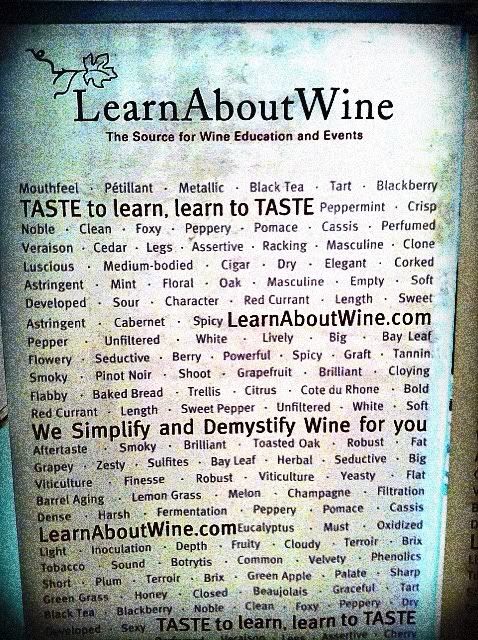 At the D'Alfonso-Curran table, I had a taste of Kris Curran's2007 Curren Tempranillo. A campfire nose meets a cherry and raspberry palate.
At the D'Alfonso-Curran table, I had a taste of Kris Curran's2007 Curren Tempranillo. A campfire nose meets a cherry and raspberry palate.
Fontes & Phillips Wines were represented by the company namesakes, Rochelle and Alan, respectively. Their rosé, the2009 Panky, is made from Grenache, Cinsault and Syrah from the Santa Ynez Valley's Camp 4 Vineyard. I sipped and listened to other tasters comment on Panky's resemblence to a rosé from Tavel.
Brophy Clark Cellars has a winner with their 2009 GSM Santa Ynez Valley. Bright cherry flavor and a wonderful acidity arise from the Estelle Vineyard Grenache, Camp 4 Vineyard Syrah and Mourvèdre from the 100-year-old vines of the Del Barbra Vineyard.
Sanguis makes wine in a converted warehouse in downtown Santa Barbara. I was not familiar with them, but they're on my radar now after tasting their 2008 Endangered Species Proprietary Red Wine. One of the more eye-opening efforts I tasted, the earthy, smoke-filled nose leads to some amazing minerality and eucalyptus on the palate. It's heavy on the Syrah with splashes of Roussanne and Viognier, and spent 32 months in oak. Sanguis is Latin for "blood," and the pronunciation is "sahn' gwiss."
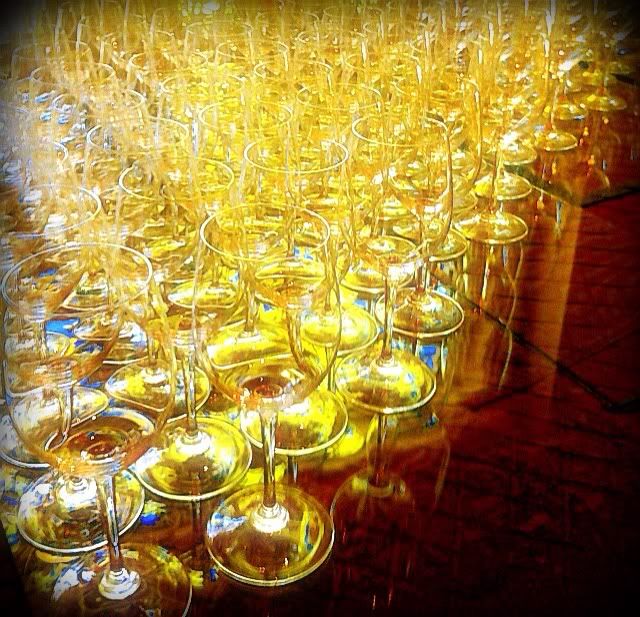

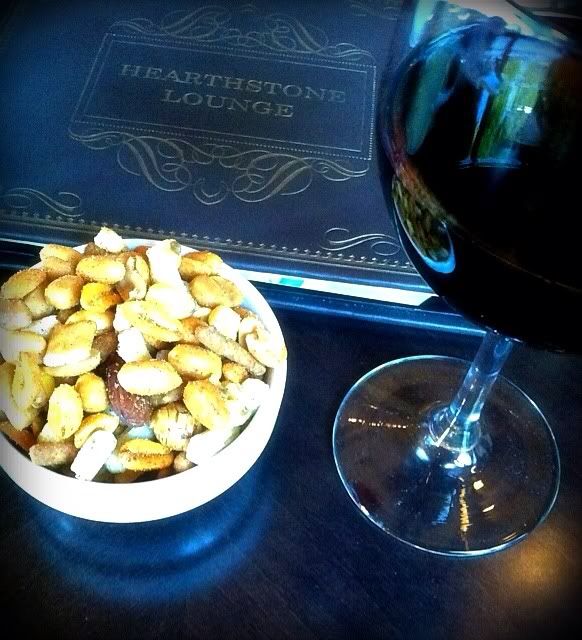

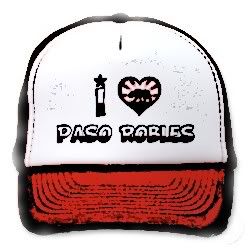
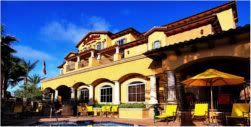 Where To Stay
Where To Stay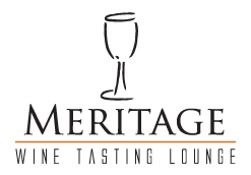 One tasting room is interesting in that it serves as a tasting room for six of the smaller local wineries. The
One tasting room is interesting in that it serves as a tasting room for six of the smaller local wineries. The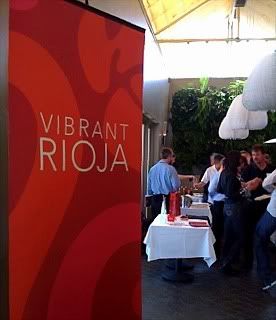

 The 1200 growers in Toro produce wines which have a much darker fruit expression in than those found in in Rioja. Most of the wines tasted at this seminar were between 14% and 15.5% in alcohol content. Toro has whites made from Verdejo and Malvasia. Garnacha is also employed here, but the reds are all about Tinta de Toro, and this tasting was all about the reds.
The 1200 growers in Toro produce wines which have a much darker fruit expression in than those found in in Rioja. Most of the wines tasted at this seminar were between 14% and 15.5% in alcohol content. Toro has whites made from Verdejo and Malvasia. Garnacha is also employed here, but the reds are all about Tinta de Toro, and this tasting was all about the reds. The Wines:
The Wines: